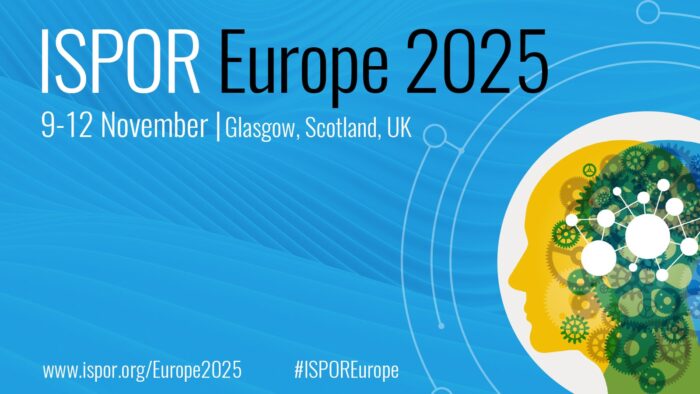Finland Leads the Way Toward the EHDS, but Local Readiness Remains Limited
Finland is moving toward the European Health Data Space (EHDS) with strong national systems, but local readiness, funding, and interoperability remain challenges.
The European Health Data Space Regulation (EHDS) is set to transform the use of health data across Europe. Preparations are underway in Sweden, but the country still faces major challenges: significant investments, legislative adjustments, and the harmonisation of data infrastructures between regions and municipalities.
The Nordic countries are moving forward with the implementation of the EHDS, which entered into force in 2025 and is currently in a transition phase. The regulation obliges member states to align their legislation and build common systems to enable the safe use of health data both for patient care and for research across Europe. The EHDS covers electronic health records, data from medical applications and devices, as well as healthcare registers.
Associate Professor Päivi Jokela from Linnaeus University outlined Sweden’s preparations at Medaffcon’s EMMA event. In Sweden, the eHealth Agency plays a central role in preparing for the implementation of the regulation.
“Many authorities at different levels are involved in the work. The preparation phase has already lasted a couple of years and continues. The development phase will begin at the end of this year, while the real test will come when the implementation starts in 2027”, Jokela says.
Sweden has a wealth of digital health data, but it is fragmented across multiple authorities, regions, and municipalities. Local self-determination means that regions and municipalities often use different patient record systems. The eHealth Agency has drafted a roadmap for progressing towards implementation, which is currently under consultation. Jokela expects that by spring there will be more clarity on how the process will move forward.
The National Council for Interoperability, established in autumn 2024, is working to identify standardisation needs and advance development.
“The aim is to achieve nationwide interoperability, but there are major differences between municipalities and regions in how advanced their work is. Even within a single region, different terms may be used for documentation, underlining the considerable need for harmonisation”.
Developing and deploying the infrastructure required by the EHDS will demand significant financial resources. Between 2025 and 2028, the estimated need ranges from 150 million euros to 400 million euros.
“The eventual costs will depend on how many services are brought online and how quickly. So far there has been relatively little public discussion about funding in Sweden”, Jokela notes.
Several legislative issues must also be resolved to enable EHDS implementation. These include GDPR compliance, confidentiality, and data sharing between authorities, as well as questions related to ethical legislation and intellectual property rights.
According to Jokela, the EHDS could ultimately bring major benefits for secondary data users, provided that a flexible and functional model is built with clear rules and responsibilities.
The SENASH-project on the secondary use of health data began in Sweden in 2024. The work has been divided among several authorities: the National Board of Health and Welfare is preparing to handle requests and grant access to health datasets, Statistics Sweden is exploring how secure environments can be organised and developed, the Health and Social Care Inspectorate (IVO) will monitor and control compliance with the regulation, and the eHealth Agency is facilitating the implementation of the national e-health infrastructure.
So far, the EHDS has not been widely discussed in Sweden, as the implementation phase is still years away.
“From the citizens’ perspective, there needs to be open dialogue and clear communication. Until now, patients in Sweden have decided whether their data can be shared. Under the EHDS, data may be shared unless the patient explicitly opts out. This change should not come as a surprise to patients”, Jokela says.
March 2025: The EHDS Regulation entered into force.
2025 -2027: Member states’ transition period; planning and preparations
March 2027: EHDS becomes applicable; Deadline for European Commission to adopt key implementing acts, providing detailed rules for the regulation operationalisation
2027 –2029: Implementing period: preparing to start the data exchange
March 2029:
Key parts of the EHDS Regulation enter into application.
March 2031:
March 2034: Third countries and international organisations will be able to apply to join HealthData@EU, for the secondary use.
Source: Päivi Jokela
Medaffcon’s annual EMMA event was held on September 10th at the Espoo Museum of Modern Art – and for the first time also in Stockholm. Since 2016, EMMA has brought together experts and decision-makers to explore timely themes in healthcare, market access, data-driven decision-making and more.

Finland is moving toward the European Health Data Space (EHDS) with strong national systems, but local readiness, funding, and interoperability remain challenges.

The studies are based on Medaffcon’s Collaboration Research (CORE) dataset – a unique research platform.

Medaffcon develops the Patient Dynamics tool based on customer feedback and user experience.